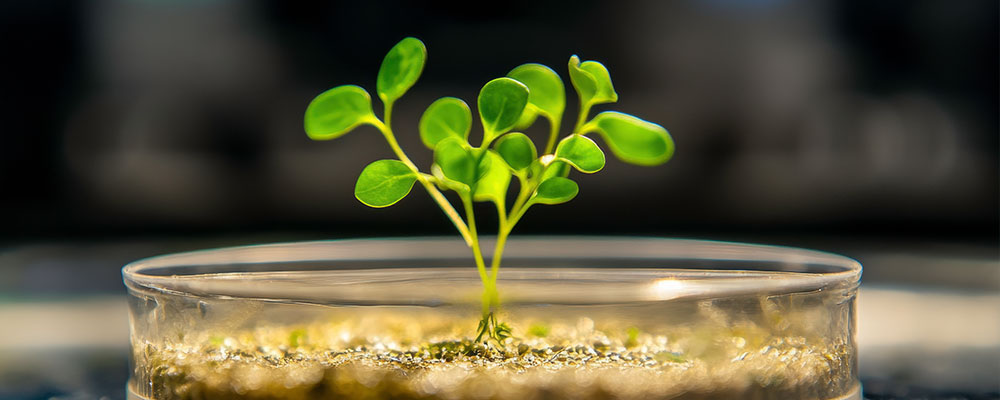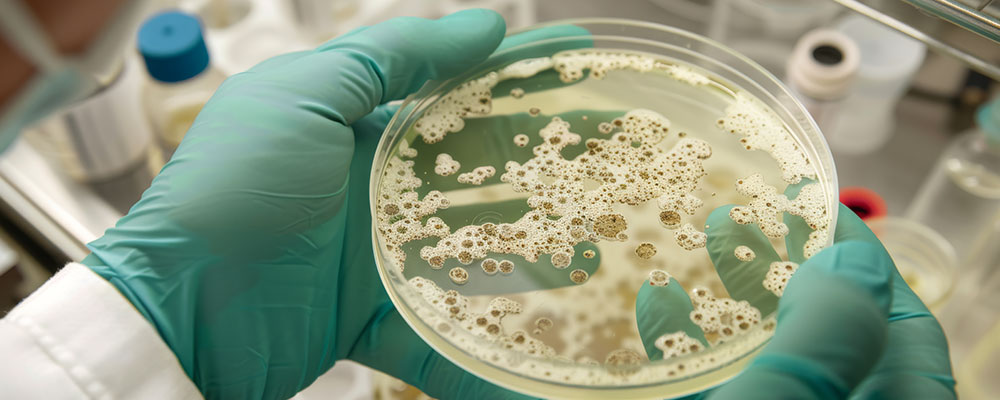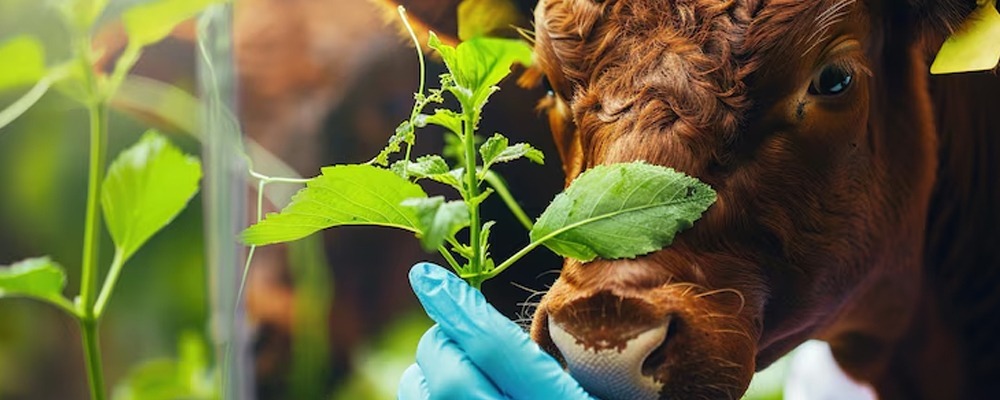The growing demand for sustainable industrial processes has led to the widespread adoption of bio-based solutions. One such innovation is xylanase, an enzyme that plays a crucial role in breaking down xylan, a major hemicellulose component in plant cell walls. Xylanase has proven to be a game-changer in bio-processing industries such as paper and pulp, textiles, food, animal feed, and bioethanol production. Unlike traditional chemical-based processes, xylanase facilitates eco-friendly transformations while reducing waste, energy consumption, and harmful emissions.
1. Reduced Chemical Dependency in the Paper and Pulp Industry
The paper and pulp industry has historically relied on harsh chemicals like chlorine and chlorine dioxide for bleaching, leading to the release of toxic effluents into water bodies. These chemicals contribute to water pollution, soil degradation, and ecological imbalances. Xylanase offers a greener alternative by enhancing the delignification process, reducing the need for aggressive chemical treatments.
Environmental Benefits:
- Lower Chemical Usage – Xylanase pre-treats pulp, making it easier to bleach with minimal chlorine-based chemicals.
- Reduced Toxic Effluents – Minimising chemical use leads to a significant reduction in harmful chlorinated organic compounds in wastewater.
- Energy Efficiency – Xylanase-assisted bleaching requires lower temperatures, saving energy and cutting down carbon emissions.
By integrating xylanase into pulp bleaching, industries can substantially lower their chemical footprint, preserving aquatic ecosystems and improving overall sustainability.
2. Sustainable Bioethanol Productio

Bioethanol is a renewable energy source produced from plant biomass, offering a cleaner alternative to fossil fuels. However, traditional bioethanol production involves intensive chemical hydrolysis to break down hemicellulose and release fermentable sugars. This process generates large amounts of acidic waste and consumes high energy.
Xylanase enhances the enzymatic hydrolysis of lignocellulosic biomass, facilitating more efficient sugar extraction without harsh chemicals. By integrating xylanase into bioethanol production, industries can reduce the need for sulphuric acid and alkalis, leading to a cleaner and more efficient conversion process.
Environmental Benefits:
- Lower Greenhouse Gas Emissions – Xylanase improves bioethanol yield, reducing reliance on fossil fuels.
- Minimal Chemical Residues – The enzyme eliminates the need for acidic hydrolysis, preventing hazardous waste.
- Enhanced Energy Savings – With improved biomass breakdown, energy-intensive pre-treatment is significantly reduced.
Xylanase-driven bioethanol production represents a step forward in sustainable energy and supports the global transition towards a low-carbon economy.
3. Improved Digestibility in Animal Feed

Animal feed production often relies on cereal-based diets, rich in fibres such as arabinoxylan. However, these fibres are hard to digest, leading to nutrient loss and inefficient feed conversion. To overcome this, xylanase is used as a feed additive to break down complex polysaccharides, making nutrients more bioavailable.
Environmental Benefits:
- Lower Feed Wastage – Enhanced digestibility ensures that animals extract maximum nutrition from their feed.
- Reduced Methane Emissions – Improved digestion leads to lower enteric fermentation in ruminants, curbing greenhouse gas emissions.
- Minimised Manure Pollution – Better nutrient absorption results in fewer undigested components being excreted, reducing nitrogen and phosphorus pollution in soil and water bodies.
By integrating xylanase into animal feed, livestock farming becomes more sustainable, lowering its environmental impact while improving productivity.
4. Eco-Friendly Textile Processing
The textile industry is known for its heavy consumption of alkaline chemicals in fabric processing, leading to high wastewater pollution. Traditionally, caustic soda and acids are used to remove hemicelluloses from raw fibres, creating a significant chemical waste burden.
By replacing chemical treatments with xylanase, textile manufacturers can achieve fibre modification and softening without using aggressive agents. The enzyme helps in bio-scouring, a process that removes unwanted plant materials while maintaining fabric integrity.
Environmental Benefits:
- Lower Chemical Pollution – Enzymatic treatment reduces reliance on harmful alkaline chemicals.
- Water Conservation – Xylanase-based processes require less water than conventional methods.
- Biodegradability – Unlike chemical treatments, xylanase residues are non-toxic and biodegradable, ensuring safer disposal.
As the textile industry moves towards sustainability, xylanase is emerging as a key player in green processing techniques.
5. Enhanced Fruit Juice Processing with Less Waste
Fruit juice production involves the extraction and clarification of juice from fruits. Traditionally, high temperatures and chemical agents are used to break down cell walls, leading to excessive energy consumption and potential nutrient loss. Xylanase offers a gentler approach by breaking down hemicellulose and improving juice yield without harsh treatments.
Environmental Benefits:
- Increased Juice Yield – More efficient extraction leads to less fruit waste.
- Lower Energy Consumption – Enzymatic clarification eliminates the need for prolonged heating.
- Minimal Additives – Xylanase naturally enhances clarity, reducing the need for synthetic clarifying agents.
Using xylanase in fruit juice processing promotes resource efficiency while delivering higher-quality, nutrient-rich beverages.
6. Waste Reduction and Circular Economy Contribution
One of the overarching benefits of xylanase is its ability to contribute to waste reduction and circular economy initiatives. By facilitating better biomass utilisation, xylanase helps industries convert agricultural residues, food waste, and by-products into valuable end-products.
Key Circular Economy Contributions:
- Biowaste to Biofuel – Efficient breakdown of plant materials leads to sustainable biofuel production.
- Agricultural Residue Management – Xylanase helps process leftover crop materials into useful feed, bio-based chemicals, and compost.
- Biodegradable Processing Waste – Unlike synthetic chemicals, xylanase residues are naturally broken down in the environment.
This enzyme not only reduces industrial waste but also supports a zero-waste approach, aligning with modern sustainability goals.
Conclusion
Xylanase is revolutionising the bio-processing sector by providing a green, efficient, and cost-effective alternative to traditional chemical-based methods. From reducing chemical pollution in paper production to enhancing bioethanol efficiency and improving feed digestibility, the enzyme plays a crucial role in making industries more sustainable. By lowering energy consumption, minimising emissions, and reducing industrial waste, xylanase is helping businesses align with global environmental goals.
At Biolaxi Enzymes, we are committed to delivering high-quality enzyme solutions that drive eco-friendly innovations. Our advanced xylanase formulations cater to diverse industries, enabling them to embrace greener, more efficient processes. With a focus on customisation, scientific expertise, and sustainability, Biolaxi Enzymes is your trusted partner in building a cleaner, more sustainable future.




